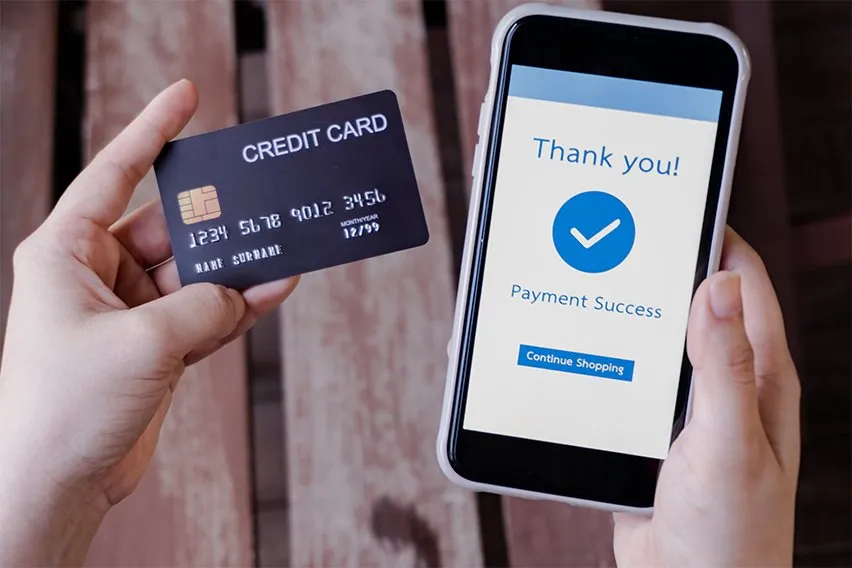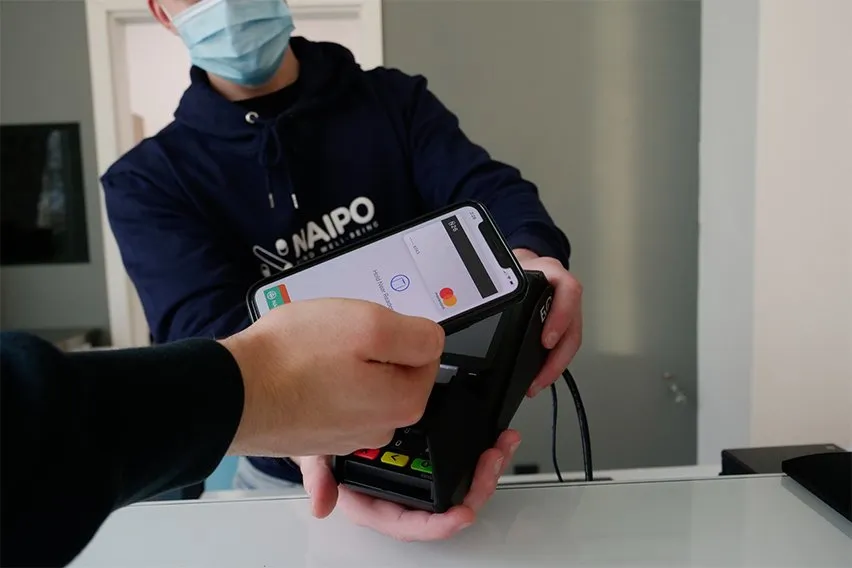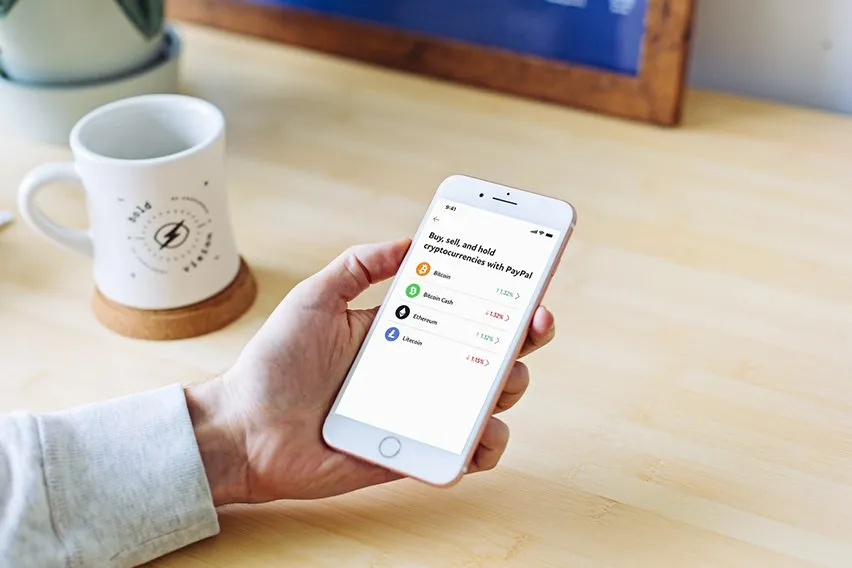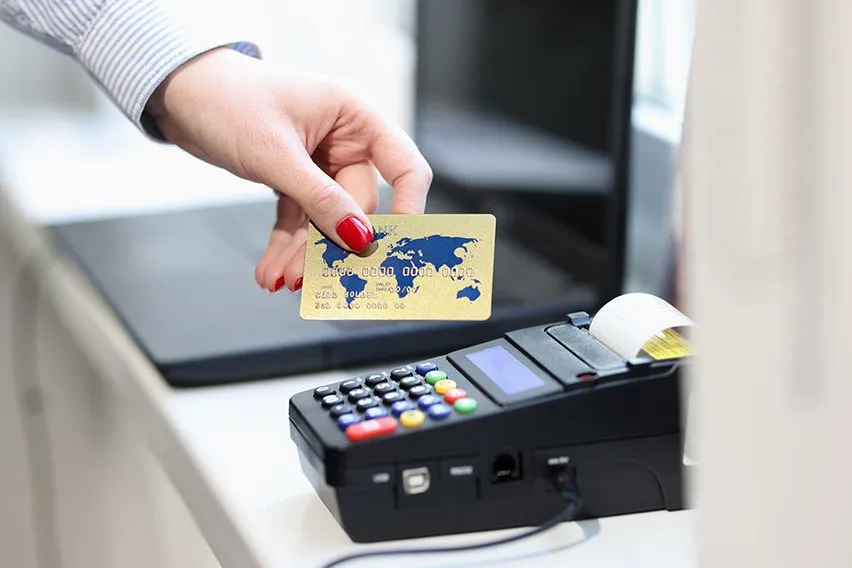What Is an EFT Payment (Electronic Funds Transfer)? A Guide

There are several different ways that you can send money to someone else, and every transaction starts somewhere. Digital payments are becoming more and more popular and are showing no signs of slowing down. So whether your business is large or small, electronic payments and transactions can have several benefits.
An electronic funds transfer, or EFT, is just one of the many ways you can transfer money. You can use it to send money to family and friends or for business purposes. But is there anything important that you should know about an EFT payment?
Here is a complete guide to EFT payments and how you can use them.
Here’s What We’ll Cover:
How Does the EFT Payment Process Work?
Different Types of EFT Payments
What Is an EFT Payment?
An EFT is the electronic transfer of money. It’s the movement of money from one bank account to another. So, you’re not withdrawing funds from your bank account and then manually depositing the funds at the receiver’s bank.
Since it’s a digital transaction there’s no need for paper documents. And electronic funds transfers have become one of the most common ways to transfer money. This is because it’s accessible, simple to do and there’s a direct transfer of funds or a direct method of payment.

How Does the EFT Payment Process Work?
The process for electronic funds transfers is fairly straightforward. You have the sender of the funds and the receiver of the funds. Once the sender begins the process, the request gets sent through digital networks from the sender’s bank to the receiver’s bank.
An EFT payment can get sent by an individual or a business. For example, you can use an EFT to send payment to a vendor for a service they provided. Or, a family member could send you money for something.
Different Types of EFT Payments
On the surface, an electronic fund transfer payment is money getting transferred from one bank account to another. But there can be different ways for the funds to reach their final destination. Here are some of the most common payment options and payment types.
Electronic Checks or e-Checks
E-checks can commonly get used for different types of vendor payments. In this case, the digital checks get generated when there is a payer authorization. You just need to have the specific information of who the check is getting sent to.
Direct Deposit
Direct deposits are a common way for businesses to pay their employees. Funds get automatically deposited into an account and it requires almost no effort or paperwork. The initial direct deposit details need to get set up which includes the recipient’s bank account information.
Phone Payments
This is a transaction that occurs over the phone and you just need to get the right payee information. This will usually include their card number or bank account details. Once there is verbal authorization, payments can get made.
ATM Transactions
It might seem like a no-brainer, but ATMs are an electronic funds transfer. You simply insert your debit card into the ATM which then transmits the relevant information to the bank. It then processes your request and dispenses your money instantly.

Card Transactions
This can be a debit card payment or credit card payment during the point of sale transaction. It includes swiping, inserting or entering the details of the card. The information gets electronically received and then a payment withdrawal gets approved. Usually, the payment will get processed within a day or two.
Online Transactions
Similar to card transactions outlined above, but this might include the manual entry of some more information. You might include additional billing details or payment information before making payment.
Key Takeaways
Electronic funds transfers have a ton to offer and come with several benefits. They’re fast and reliable and they really don’t require any work on either side of the transaction. So, EFT could be a cost-effective solution for your business to try and reduce expenses.
One of the best things about electronic funds transfer is that they’re incredibly safe and secure. There is always a risk when information gets transmitted over the internet. But an EFT is considered a much safer method compared to a traditional paper check.
EFT payments are simple and they can help make your accounting processes a little bit easier. Plus, there are several different transaction types for you as a business owner. Either over the phone or at an ATM, or with e-Checks or direct deposit. It all depends on what works best for your business.
Did you enjoy reading this guide? Head over to our resource hub for more great content!
RELATED ARTICLES

 How to Use Debit Card for Purchasing: 4 Steps
How to Use Debit Card for Purchasing: 4 Steps What Is a Prepayment? Definition & Example
What Is a Prepayment? Definition & Example A Guide to Using Cashless Payment for Your Business
A Guide to Using Cashless Payment for Your Business Stripe vs PayPal UK: Which Payment Gateway Is Better?
Stripe vs PayPal UK: Which Payment Gateway Is Better? How to Take Payments Over the Phone: A Virtual Terminal Guide
How to Take Payments Over the Phone: A Virtual Terminal Guide What Is a Lump Sum Payment?
What Is a Lump Sum Payment?